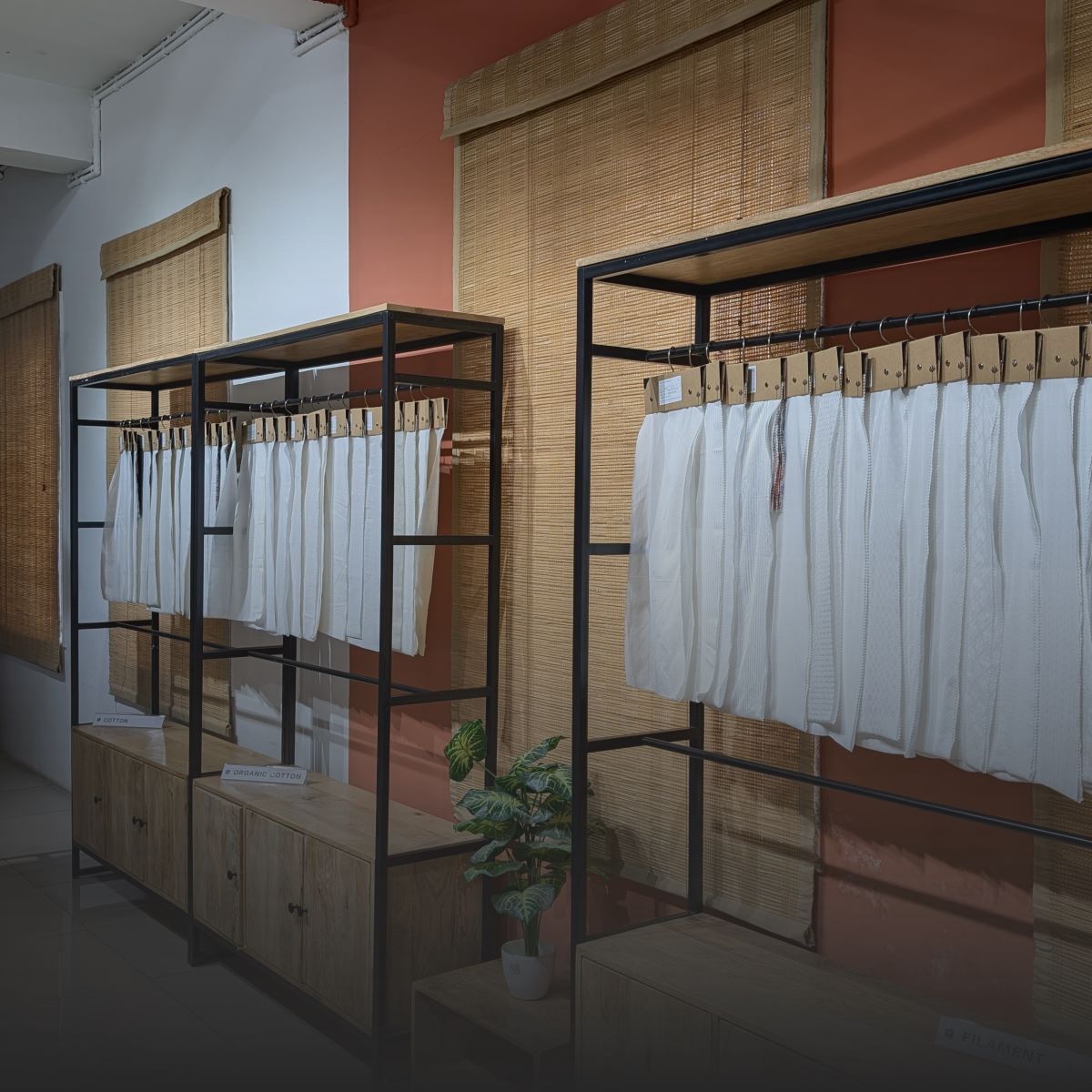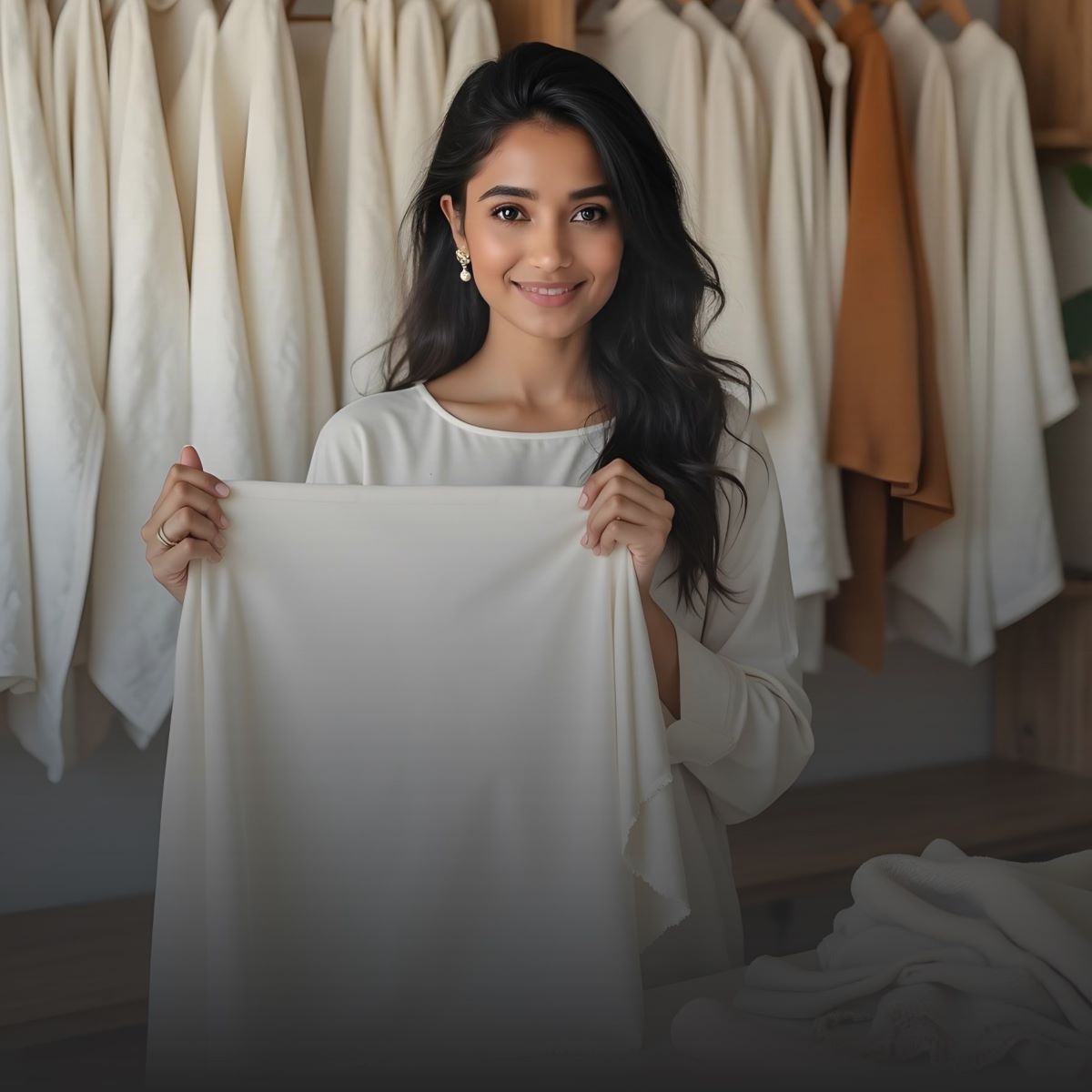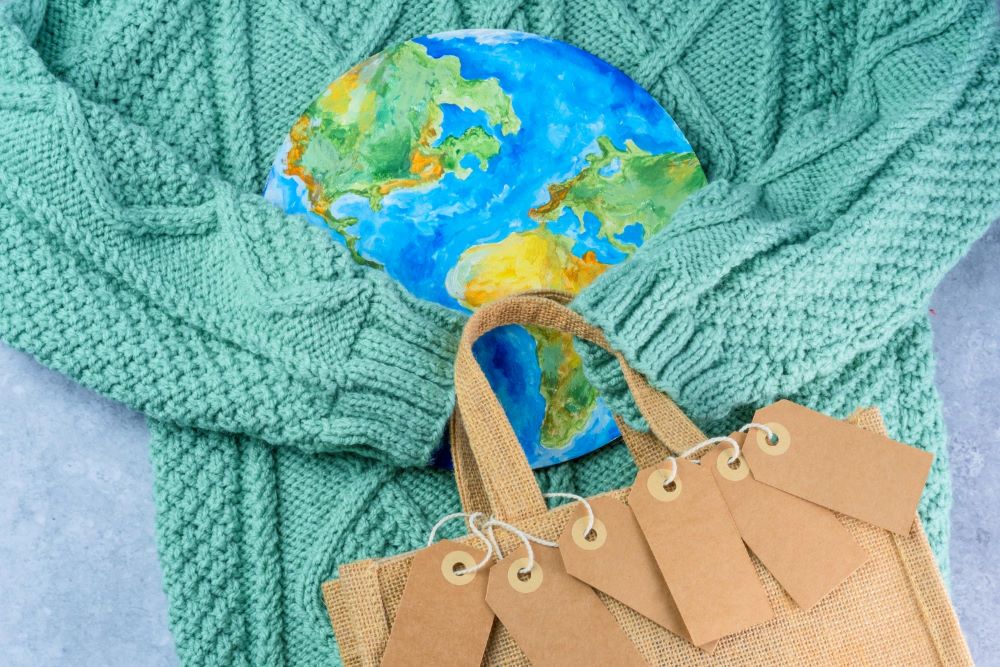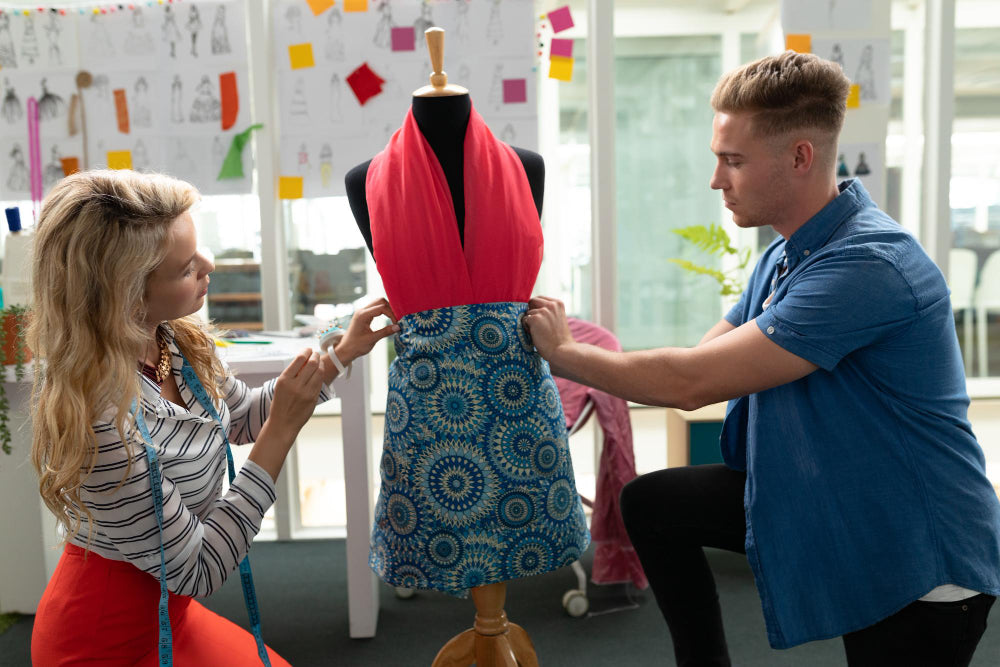1. Introduction: What Drives the Growth of Clothing Stores in Cities?

Clothing stores are everywhere in cities, but why do some cities have more than others? Several factors contribute to the number of clothing stores a city can support.
The local economy plays a big role. People need money to spend on clothes. High-income areas tend to have more stores. Population size matters, too. More people mean more customers.
Consumer demand is another factor. Cities with diverse shopping needs attract different types of clothing stores. The culture, trends and preferences of locals also shape the kind of stores that open.
In this post, we’ll look at the key factors that make cities home to more clothing stores. From economic conditions to social trends, understanding these can help you see why some cities are packed with retail options and others are not.
2. How the Local Economy and Consumer Spending Impact Clothing Store Growth

A city's economic health plays a key role in the number of clothing stores it can support. When the economy is strong, people tend to spend more on clothes.
Higher Income = More Spending
Cities with higher average incomes have more disposable money, which leads to higher spending on fashion. The more people are able to spend, the more clothing stores open to meet their needs.
Economic Growth Drives Retail Expansion
As a city grows economically, retail businesses, including clothing stores, follow. More businesses open in cities with strong economic activity because the demand for goods and services increases.
Key Economic Indicators:
-
GDP: Cities with strong economies have more people who can spend money, which leads to more clothing stores.
- Unemployment Rates: When fewer people are unemployed, more people earn money and spend it, helping retail businesses grow.
Example:
In cities like San Francisco, where tech industries are strong, people have more money to spend, which leads to more clothing stores opening. On the other hand, cities with weak economies tend to have fewer new retail stores.
3. How Consumer Demand Drives the Number of Clothing Stores in Cities

Consumer demand directly drives the number of clothing stores in a city. The more people want to buy clothes, the more stores open to meet that need.
High Demand Means More Stores
Cities with higher demand for clothing will see more retail options. This could be due to population size, fashion preferences or income levels. When people spend more on clothes, businesses respond by opening new stores.
Fashion Trends Matter
Changes in what consumers want also play a role. For example, if eco-friendly fashion becomes popular, more sustainable clothing stores will open. Trends like these push the retail market to evolve.
Example:
In cities like Los Angeles, where young people love fashion, you'll see many stores with the latest trends. But in cities that prioritize comfort and practicality, the stores focus more on those needs.
Consumer demand shapes the retail environment. The more people shop, the more stores will follow.
4. Retail Competition: How Market Rivalry Fosters More Clothing Store Openings

Competition drives retail growth. When businesses compete, they work harder to meet consumer needs. This results in more stores opening in cities.
Healthy Competition Means More Choices
In cities with many retailers, competition pushes businesses to offer better products and customer service. To stand out, brands may open new stores, increasing the overall number of clothing stores in that area.
Cities with Intense Retail Competition
Cities like New York and London are known for their high retail competition. These cities are packed with clothing stores because brands know they must keep up with rivals to stay relevant.
Example:
In New York, both big fashion chains and small boutiques succeed together. This offers shoppers many choices. Retailers know they must keep opening new stores in busy areas to stay competitive.
Retail competition creates opportunities for more stores. The greater the rivalry, the more clothing stores there will be to meet demand.
5. Demographic Influence: How Population Size and Age Impact Clothing Store Density

The size and makeup of a city's population play a big role in how many clothing stores open. More people means more potential customers. Age and lifestyle also matter.
Population Size = More Demand
Large cities with bigger populations naturally have more clothing stores. More people lead to more demand for shopping options.
Age Groups Shape Store Types
Different age groups shop in different ways. Gen Z, for example, wants trendy and sustainable clothing. Cities with more young people often have stores for fast fashion and eco-friendly brands.
Example:
Cities like Los Angeles, with many young people, have trendy stores for fashion-conscious shoppers. Cities with older populations tend to have stores that focus on classic styles or comfort.
Understanding demographic trends helps businesses decide where to open stores and what types of clothing to offer.
6. How Cultural Diversity Leads to More Clothing Stores in Cities

Cultural diversity creates more types of clothing stores in a city. People from different backgrounds bring their own clothing preferences, adding variety to what’s available.
Diverse Communities = Diverse Stores
In multicultural cities, clothing stores cater to many different tastes and traditions. For example, you may find stores selling ethnic wear, international brands or items for specific cultural festivals.
Global Fashion Trends
Multicultural cities often attract global fashion brands looking to tap into a diverse market. Local boutique stores may also bring in fashion styles from around the world.
Example:
In cities like London and Toronto, you’ll find stores with clothing from many cultures. These cities have people from all over the world, creating a demand for different fashion styles. A mix of cultures gives shoppers more variety in clothing options.
7. Urban Planning: How Location, Accessibility, and Zoning Laws Affect Clothing Store Growth

Urban planning plays a big role in how many clothing stores a city can support. The right location, easy access and supportive zoning laws can make or break retail success.
Prime Locations = More Stores
Cities that have busy, easily accessible areas become retail hotspots. Shopping districts with good public transport and pedestrian traffic attract clothing stores.
Zoning Laws Shape Retail Growth
Zoning laws decide where stores can open. Cities with flexible zoning make it easier for clothing stores to open in important areas.
Example:
In Tokyo, areas like Harajuku are designed to boost retail growth. Its good location and zoning laws help fashion stores succeed.
Urban planning helps create places where clothing stores can grow. If the area is easy to reach and open to new stores, retail businesses will naturally expand.
8. Foot Traffic and Commercial Zones: Why Busy Areas Have More Clothing Stores

Foot traffic is one of the most important factors in retail success. More people walking by a store means more chances for sales.
Busy Areas Attract More Stores
Clothing stores thrive in high-traffic areas. Locations with heavy foot traffic, like busy streets or shopping centers, naturally draw more shoppers and, in turn, more stores.
Commercial Zones are Key
Cities set up commercial zones where retail businesses can open. These areas are perfect for clothing stores.
Example:
In New York’s Times Square, thousands of people pass by every day. This foot traffic has led to a concentration of clothing stores, from large brands to smaller boutiques.
Retailers know that if they want more customers, they need to be in busy, accessible areas. Foot traffic and commercial zones are vital to store growth.
9. Influence of Fashion Trends: How Local Trends Shape the Types of Clothing Stores

Fashion trends play a huge role in the types of clothing stores that appear in cities. What people wear and what’s popular shapes retail demand.
Local Fashion Drives Retail
Each city has its own fashion vibe. Local trends influence the kinds of clothing stores that open. For example, cities known for their unique styles often have stores that reflect those trends.
Example:
In Paris, the focus is on luxury fashion and chic, elegant styles. As a result, many high-end boutiques line the streets. Meanwhile, Milan is known for its bold and high-fashion designs, which influence its retail landscape with similar stores.
Consumer Preferences
What people wear in a city reflects their lifestyle and culture. Retailers tap into this demand by opening stores that match local tastes.
Fashion trends directly shape the clothing store mix in cities. If you understand local trends, you can predict what kind of stores will thrive.
10. Social Media and Influencers: How Online Platforms Impact the Growth of Clothing Stores

Social media has changed how clothing stores grow. Platforms like Instagram, TikTok and YouTube drive fashion trends and boost retail sales.
The Power of Influencers
Influencers shape what people wear. When a fashion influencer posts a new outfit, it often sparks interest and drives demand for those styles. Retailers know this and use influencers to promote their stores.
Social Media’s Role
Consumers use social media for fashion ideas. When a store’s clothes are shown on popular accounts, it can boost sales and attract more visitors, especially from younger people.
Example:
A study found that 60% of Gen Z shoppers discover new brands through social media. Influencers help these brands grow by showing their followers what’s in style.
Social media makes it easier for clothing stores to reach new customers. If your store isn’t using these platforms, you’re missing out on a major opportunity.
11. How E-Commerce and Technology Help Clothing Stores Grow in Cities

Technology is changing how clothing stores grow. Online shopping helps stores reach more customers and digital tools make shopping better.
Omnichannel Shopping
Shoppers want a smooth experience between in-store and online shopping. Omnichannel retail lets customers buy online and pick up in-store, or shop in-store and buy online.
Augmented Reality (AR)
AR is changing how customers shop. Stores use AR to let customers try on clothes virtually. This boosts customer engagement and may lead to more in-store visits.
Example:
Stores like Zara and Nike use AR in their apps to allow customers to see how products look on them before buying. This technology enhances the shopping experience and drives sales.
Embracing technology can help your store expand its reach and improve customer experience. Are you ready to take advantage of these digital solutions?
12. How Global Fashion Brands Grow Clothing Store Networks in Cities

Global fashion brands are driving growth in clothing retail. These brands open stores worldwide, shaping the retail environment in major cities.
Global Impact of Fashion Brands
Global brands like Zara and H&M have changed retail in cities. They offer a familiar shopping experience and their worldwide presence makes them powerful in the retail market.
Case Study: Zara in Spain
Zara is a leader in fast fashion and a key store in Spanish cities. Its quick response to new trends has helped it lead retail worldwide.
Case Study: H&M Worldwide
H&M has spread its stores across the globe, from New York to Tokyo. This global expansion has made it a major player in urban fashion retail.
These brands expand cities' clothing store networks and influence local trends. They attract customers who seek global fashion and new shopping experiences. Are you ready to bring international brands to your city?
13. Conclusion: The Future of Clothing Stores in Cities – What’s Next?
The future of clothing stores in cities is shaped by change. Technology, trends and consumer needs are driving this shift. As shopping habits evolve, so will the retail experience.
Key Trends to Watch
-
Omnichannel Shopping: More stores will blend online and in-store experiences.
-
Tech Integration: Expect to see more use of AR, virtual try-ons and personalized shopping.
-
Sustainability: Brands will focus on eco-friendly practices to meet consumer demand for ethical fashion.
- Local and Global Mix: Cities will see a blend of local boutiques and global brands catering to diverse tastes.
What’s Next for Your City?
How have clothing stores in your city evolved? What changes do you expect in the near future? Share your thoughts and stay engaged with the future of retail.
We also happen to be a magnet for suggestions, and would love to catch yours….throw us yours on hello@fabriclore.com
Lear




